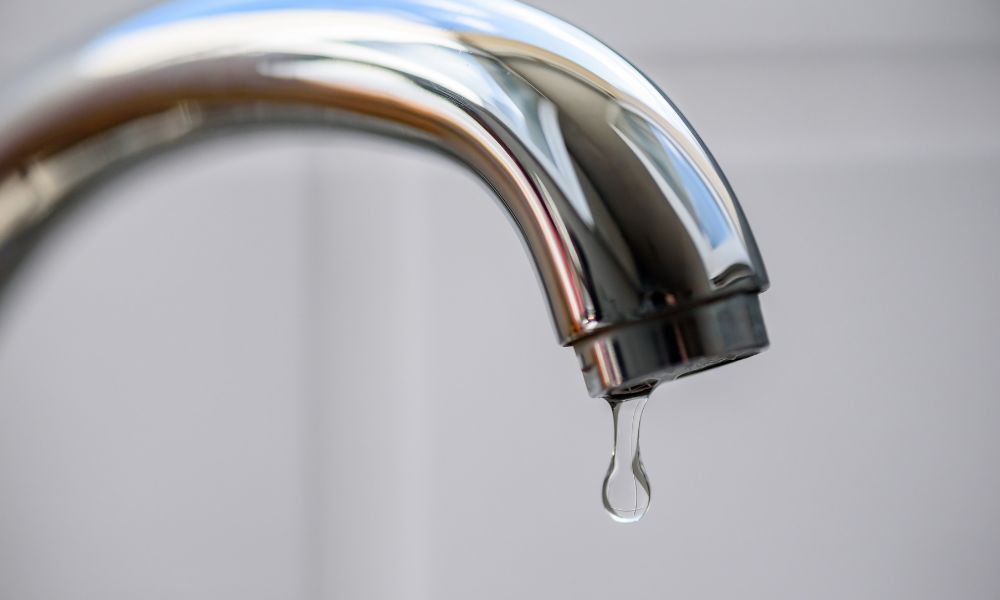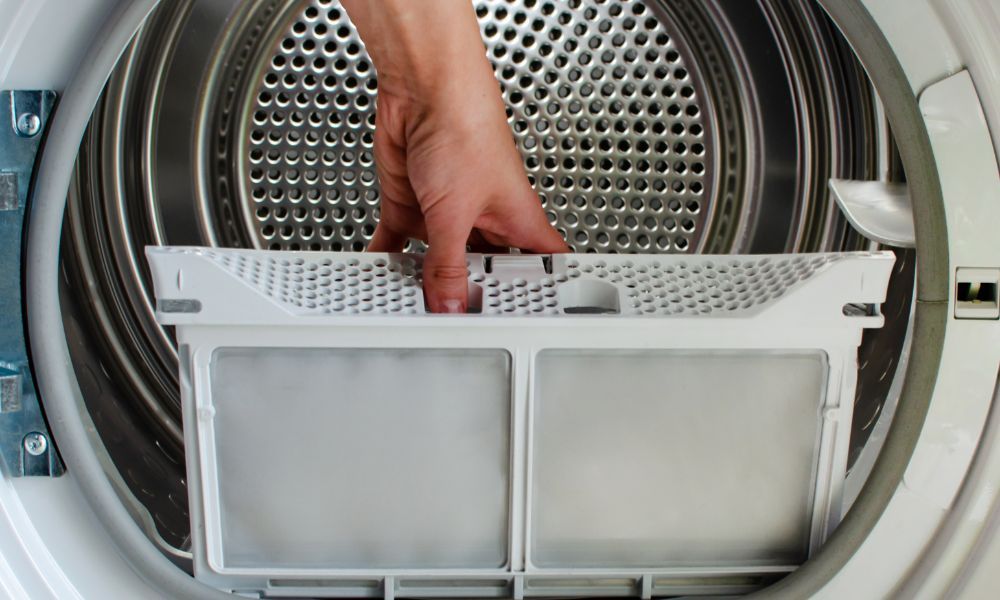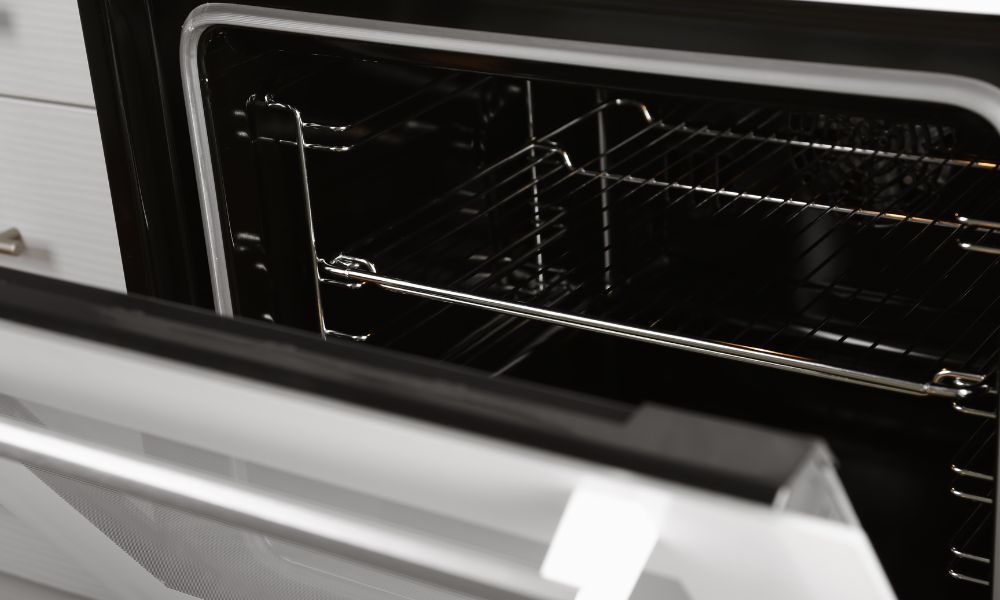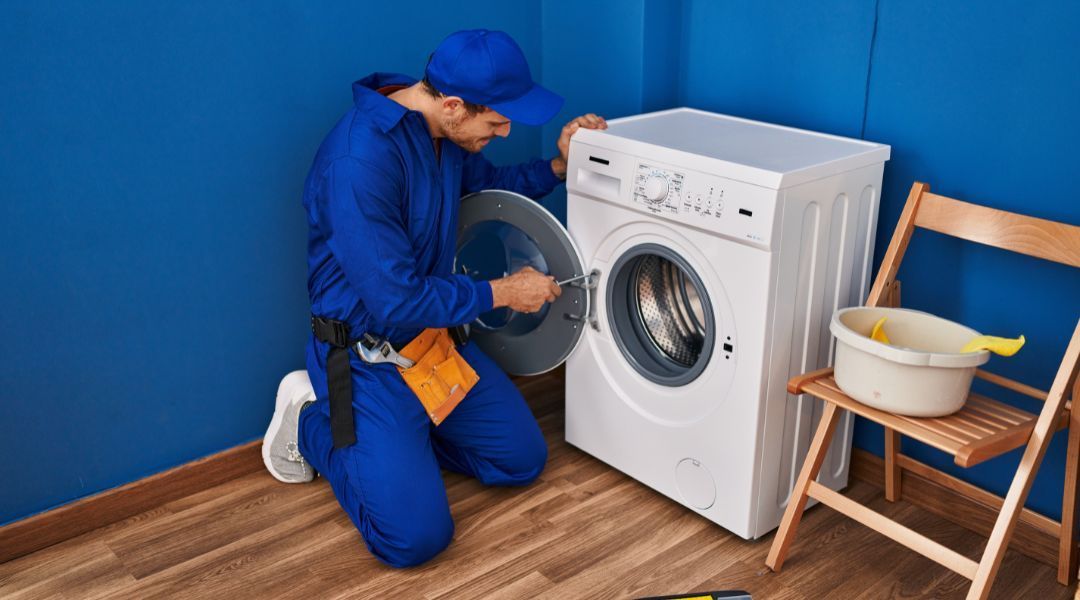A Quick Guide to What Causes Leaky Faucets

A leaky faucet can be a nuisance, and unfortunately, it’s fairly common. It has several potential causes, and it is important to identify the root to repair the problem. Check out our quick guide to what causes leaky faucets.
O-Ring Issues
An O-ring is a circular or oval-shaped rubber or pliable plastic seal that creates an airtight connection between two surfaces. O-rings are typically found inside faucet valves, and their purpose is to form a watertight seal when pressure from water flow is applied against it.
When an O-ring fails, it can cause leaks around your faucet handle or spout and decreased water pressure. The most common reason for failure is age. Over time, regular wear and tear will cause them to become brittle and eventually fail.
Worn Out Washers
Washers are small, thin pieces of rubber or metal that create a watertight seal between two surfaces. They can be found in faucets, valves, and many other plumbing fixtures around the home. Washers prevent leaks by providing a tight fit between connected components.
Although washers are designed to last for years, they may wear out over time due to regular use or hard water buildup. When this happens, the faucet may leak. In some cases, you may hear a hissing sound coming from the valve due to air escaping through tiny holes created by an old and cracked washer.
Corroded Valve Seat
A valve seat connects the internal components and the appliance's exterior. As water passes through this area, it creates an airtight seal to prevent leaks. Over time, corrosion can weaken the valve seat due to minerals in hard water or improper maintenance, leading to leaks and water pressure issues.
The most common cause of corrosion on a valve seat is hard water buildup due to high levels of calcium and magnesium. If you do not properly clean and maintain your fixtures regularly, dirt and soap scum may accumulate over time, further damaging the valve seat. If the leak persists after cleaning the valve seat, it can be helpful to hire home appliance repair services to fix it.
Water Pressure
Water pressure is the force of water flowing through pipes in a plumbing system. It is measured by the volume of water passing through a given area within a time frame. The average water pressure for residential homes is 45–80 psi (pounds per square inch). If this pressure exceeds 80 psi, it can cause significant damage to your home's plumbing fixtures and increase the chance of leaky faucets.
High water pressure is often caused by an improperly adjusted water regulator or when too many appliances are running simultaneously, increasing the demand on your system. In some cases, an increase in incoming mains supply from your local water provider may also be responsible for excessively high pressure.
Now that you know the common causes of leaking faucets, you can determine if these issues are causing your leaks. Contact Local Home Appliance if you need assistance repairing these issues, and we’ll be happy to help you find a solution.



